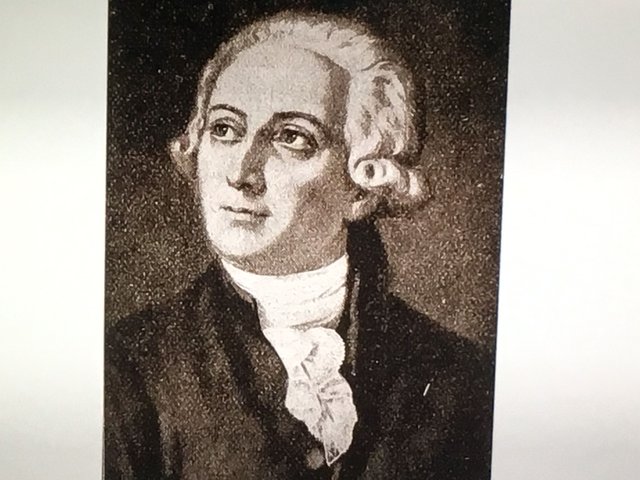Extropia’s Curious Science: Phlogiston
EXTROPIA’S CURIOUS SCIENCE
PHLOGISTON
Welcome to an occasional series on weird and wacky ideas from the fringes and scrap heap of science. To kick things off, I thought I would talk about ‘phlogiston’.
If you have ever tried burning anything, you probably know that some materials are more prone to combustion than others. But have you ever wondered why? Well, for almost a century the explanation was sought in some kind of substance supposedly found in combustible materials. The origins of this theory can be traced back to the sixteenth century, for it was then that a German professor called Johann Joachim Becher expanded upon the writings of a Swiss chemist and physician called Paracelsus. Writing in ‘The True Theory Of Medicine’ in 1708, he put forward the hypothesis that minerals and metals were compounds which released ‘terra pinguis’ (which roughly translates as ‘flammable earth’) into the air.

(Image from wikimedia commons)
This theory was further developed by Georg Ernst Stahl, who replaced ‘terra pinguis’ with ‘phlogiston’, which is derived from the Greek Phlogistos or ‘Flammable’. Stahl believed that phlogiston was released into the air by the combustion of flammable matter and the respiration of living animals, and that such processes formed phlogisticated air which could be absorbed by plants. To believers in the Phlogiston theory, this provided a neat explanation as to why charcoal is so damned good for burning; because it supposedly almost pure, concentrated phlogiston.
In 1775 the scientist and theologian, Joseph Priestley, wrote ‘Experiments and Observations on Different Kinds Of Air Volume II’. In this work, he commented on experiments with ‘an air five or six times as good as common air’, and named this remarkable stuff ‘dephlogisticated air’. Among its extraordinary properties, this ‘dephlogisticated air’ allowed a lit candle to burn many times more brightly than it ordinarily would.
When Priestley's work reached the attention of the French Chemist Lavoisier, he ran experiments which lead to the conclusion that there was no need to posit the existence of any mysterious substance in order to explain why things combust. In Lavoisier’s own words, “the dephlogisticated air of Mr Priestly is...the true combustible body. There is no longer any need, in explaining the phenomena of combustion, of supposing that there exists an immense quantity of fixed fire in all bodies which we call combustible”.

(Lavoisier. Image from wikimedia commons)
What Priestley had actually discovered is now not known as dephlogisticated air at all, but rather as oxygen (it was Lavoisier who renamed it). Nowadays we know that fire requires a source of fuel, oxygen, and heat if it is to carry on burning. By the way, Joseph Priestley invented the carbonated drink, so you can thank him next time you enjoy a nice glass of fizzy lemonade or some such thing.
REFERENCES
Wikipedia
“Far Out: 101 Strange Tales From Science’s Outer Edge” by Mark Pilkington
Very interesting .. growing up I had a fascination with fire.. a special relationship with phlogiston I guess. I wasn't allowed to have carbonated beverage but for some reason playing with matches wasn't a problem :)
thanks for sharing!!
carefully play the fire later to ashes. thank you for sharing
Excelent post bro...Nice think and sharing
Hello. I liked your post, keep it up. Good luck to you and have a nice day :)
Source
Generic comments could be mistaken for spam.
More information:
The Art of Commenting
Comment Classifications